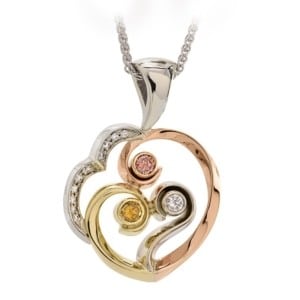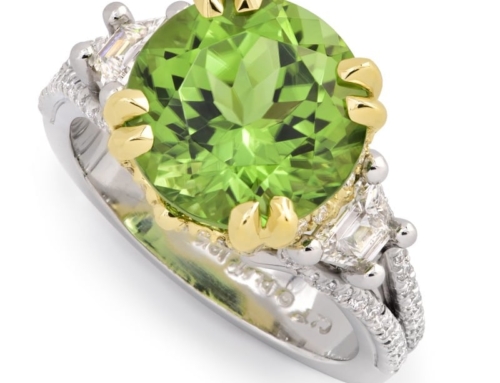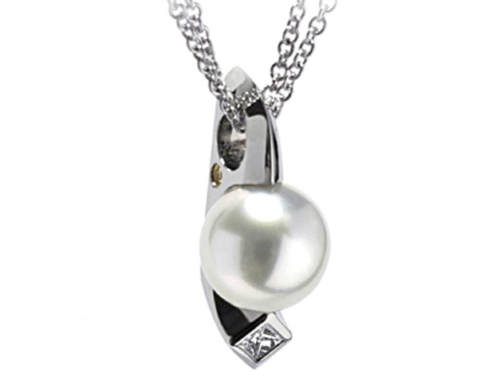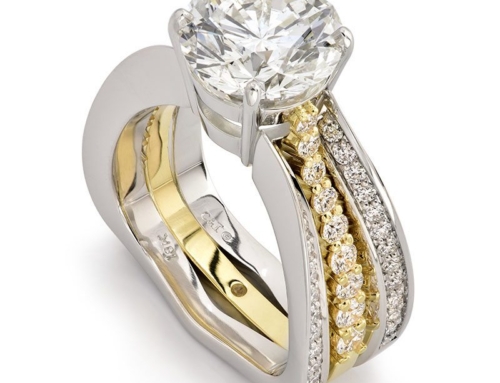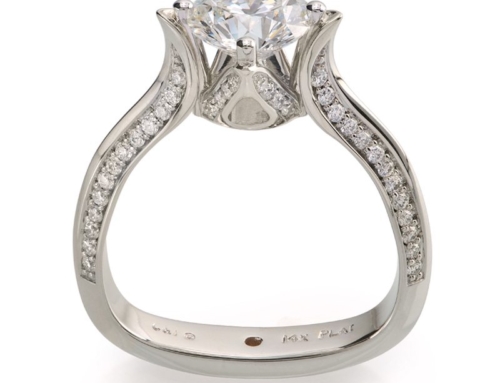When looking for gold jewelry, you may quickly realize that not all gold jewelry is created equal. So how do you know what to look for and what to buy? Here’s our introductory guide.
Gold: We love it for its warmth, sheen, versatility, timelessness, and variety of colors. In short, gold is classic.
But what you may not know is that gold jewelry is more than gold. That’s because on its own, gold is very soft — if pure gold were to be crafted into jewelry, it wouldn’t stand the test of time. The precious metal must be mixed with other metals, including copper, silver, zinc, palladium and nickel.
Here’s our guide to understanding more about what you’re purchasing when you’re shopping for fine gold jewelry.
Carats and Karats: What’s the Difference?
Carats is a unit of weight that is used to measure gemstones, such as diamonds.
Karats, on the other hand, are the measure of the purity of gold. The number of karats indicates how much gold content there is in an alloy, relative to the amount of other metals in the alloy.
The less pure gold a piece of jewelry it is, the harder that piece will be. That means that jewelry with a lower number of carats tends to be more durable and won’t bend as easily.
Understanding Karat Weights
Gold jewelry should always be stamped with its karat weight (known as the gold hallmark), and is usually expressed by the abbreviation “k,” as in 24k or 14k. Sometimes the letter is capitalized, as in 18K.
The most common karat weights you’ll see are 24, 18, 14 and 10, although there are others. One karat is equal to 4.17% gold content. Here at Coffin & Trout, we craft our pieces with 14k or higher.
- 24k is 99.9% pure, and not often used in jewelry due to its softness.
- 22k is 91.6% pure, and is often alloyed with zinc, silver and copper.
- 18k is 75% pure — a great choice given its balance of strength and softness.
- 14k is 58.8% pure and can be a good choice for pieces that are worn daily, thanks to its durability.
How are different colors of gold created?
Adding other metals to fine gold is what creates different gold colors, including rose and white gold. Our 20k rose gold is composed of gold plus copper, silver and zinc, for a warm pink color, while our white gold gets its silvery color from nickel.
Not all gold colors are created equal, either. As you might expect, the ratio of gold to other metals dictates how “gold” a piece of gold jewelry will look. When it comes to yellow, we prefer 18k “Royal” yellow gold, which is rich and buttery in color, malleable enough to work with, but not so soft that it’s not a safe option for setting stones.


